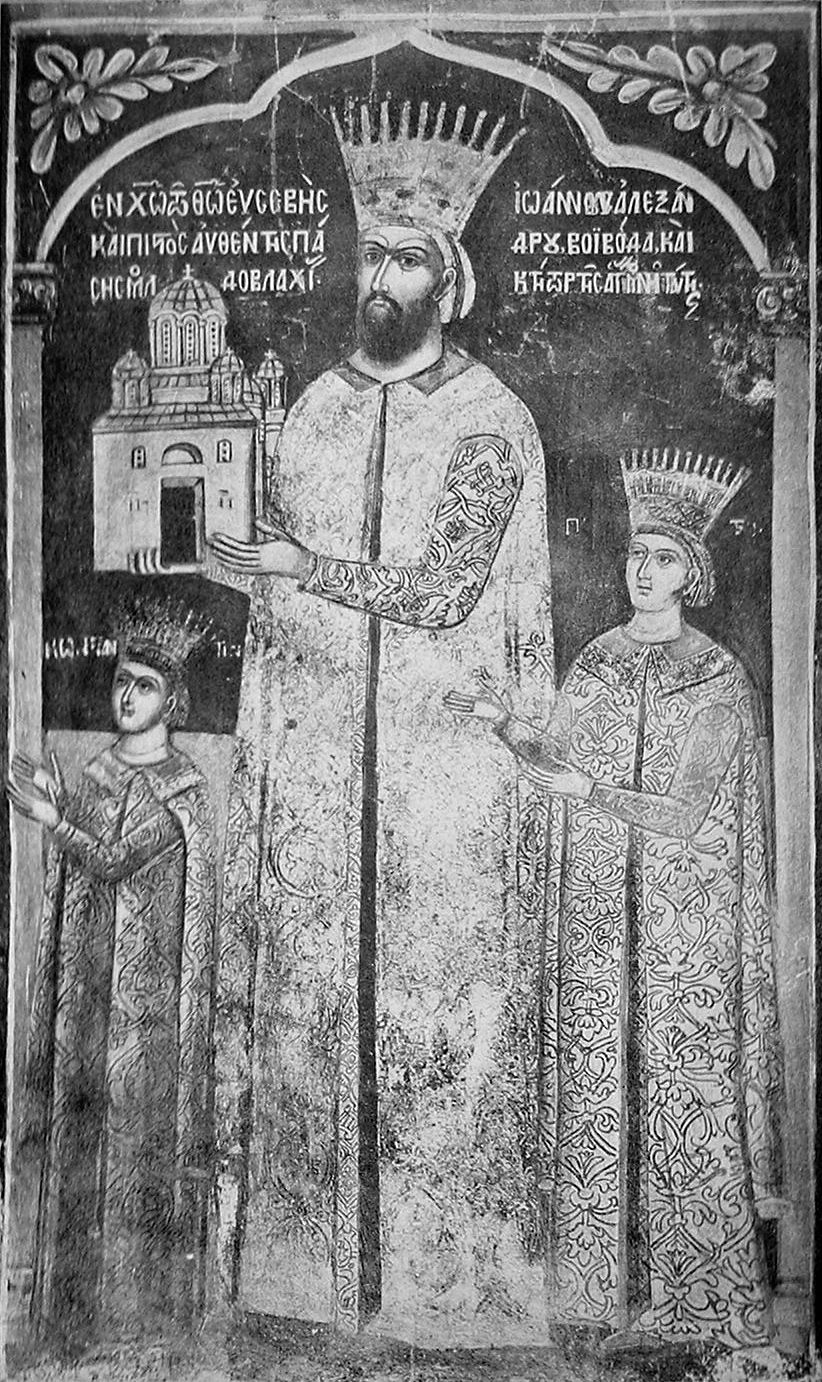|
Pruth
The Prut (also spelled in English as Pruth; , uk, Прут) is a long river in Eastern Europe. It is a left tributary of the Danube. In part of its course it forms Romania's border with Moldova and Ukraine. Characteristics The Prut originates on the eastern slope of Mount Hoverla, in the Carpathian Mountains in Ukraine ( Ivano-Frankivsk Oblast). At first, the river flows to the north. Near Yaremche it turns to the northeast, and near Kolomyia to the south-east. Having reached the border between Moldova and Romania, it turns even more to the south-east, and then to the south. It eventually joins the Danube near Giurgiulești, east of Galați and west of Reni. Between 1918 and 1939, the river was partly in Poland and partly in Greater Romania (Romanian: ''România Mare''). Prior to World War I, it served as a border between Romania and the Russian Empire. After World War II, the river once again denoted a border, this time between Romania and the Soviet Union. Nowadays, for ... [...More Info...] [...Related Items...] OR: [Wikipedia] [Google] [Baidu] |
Hoverla
Mount Hoverla (Ukrainian and rue, Говерла, Hoverla), at , is the highest mountain in Ukraine and part of the Carpathian Mountains (Ukrainian Carpathians). The mountain is located in the Eastern Beskids, in the Chornohora region. The slopes are covered with beech and spruce forests, above which there is a belt of sub-alpine meadows called '' polonyna'' in Ukrainian. At the eastern slope there is the main spring of the Prut River. The name is of Hungarian origin and means 'snow fortress'. Hoverla is composed of sandstone, a sedimentary rock type. The date of the first ascent is unknown. In late 19th century the mountain became a notable tourist attraction, especially among tourists from nearby cities of Galicia. In 1880 the first tourist route between the peak of Hoverla and Krasny Luh was marked by Leopold Wajgel of the Galician Tatra Society. The following year the first tourist shelter was founded there. In the 20th century the mountain increasingly gained popularit ... [...More Info...] [...Related Items...] OR: [Wikipedia] [Google] [Baidu] |
Hîncești District
Hîncești () is a district ( ro, raion) of Moldova, with the city of Hîncești as its administrative center. As of 1 January 2011, its population was 122,000. History The district has been inhabited since the Stone Age (40,000–30,000 BC). On the territory of the present localities Rusca and Anina many cemeteries and settlements pertaining to the native Getae culture (4th–3rd centuries BC) have been discovered. Localities with the earliest historical attestation are Secăreni, Leușeni, Lăpușna, and Ciuciuleni, which were first attested in the period 1420–1430. During the 15th–18th centuries, the district was part of Lăpușna. Tirgul Lăpușnei was the administrative center, headed by a pârcălab (governor). Lăpușna existed as a fair in the 14th century. A branch of the Moldovan Road passed by Lapusna, linking the economic centers of Transylvania and Poland to the North Pontic cities. The branch continued on over the Danube, in Dobruja, to Constantinopl ... [...More Info...] [...Related Items...] OR: [Wikipedia] [Google] [Baidu] |

